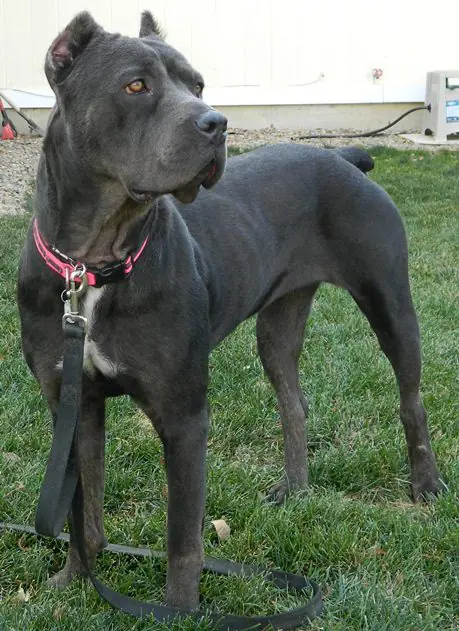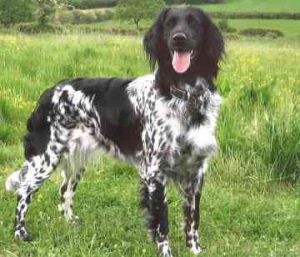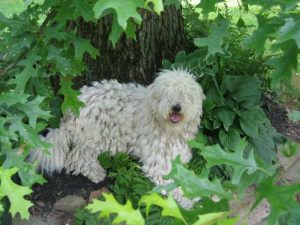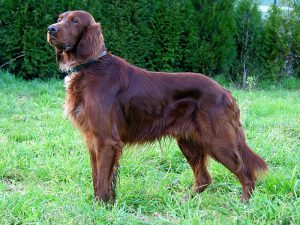Cane Corso Italiano
Cane Corso Italiano | Loyal and Protective Companion

-
Breed Group : WORKING
-
Origin : Italy
-
Average Height : 23" - 27"
-
Average Weight : 88 - 110 LBS.
-
Life Span : 10 - 11 years
Photo Courtesy of : Big Dog Huge Paws
-
Size
1 2 3 4 5 6 7 8 9 10 -
Energy
1 2 3 4 5 6 7 8 9 10 -
Intelligence
1 2 3 4 5 6 7 8 9 10 -
Ease of Training
1 2 3 4 5 6 7 8 9 10 -
Hypo-Allergenic
1 2 3 4 5 6 7 8 9 10 -
Shedding
1 2 3 4 5 6 7 8 9 10 -
Good with Kids
1 2 3 4 5 6 7 8 9 10 -
Good with Other Pets
1 2 3 4 5 6 7 8 9 10 -
Guard Dog
1 2 3 4 5 6 7 8 9 10








